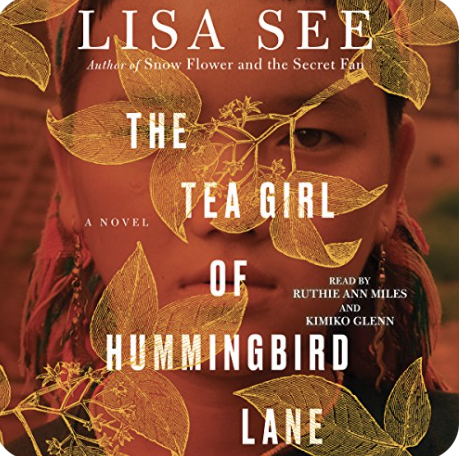Li-yan and her family align their lives around the seasons and the farming of tea. There is ritual and routine, and it has been ever thus for generations. Then one day a jeep appears at the village gate - the first automobile any of them have seen - and a stranger arrives.
In this remote Yunnan village, the stranger finds the rare tea he has been seeking and a reticent Akha people. In her biggest seller, Snow Flower and the Secret Fan, See introduced the Yao people to her audience. Here she shares the customs of another Chinese ethnic minority, the Akha, whose world will soon change.
Li-yan, one of the few educated girls on her mountain, translates for the stranger and is among the first to reject the rules that have shaped her existence. When she has a baby outside of wedlock rather than stand by tradition, she wraps her daughter in a blanket, with a tea cake hidden in her swaddling, and abandons her in the nearest city.
After mother and daughter have gone their separate ways, Li-yan slowly emerges from the security and insularity of her village to encounter modern life while Haley grows up a privileged and well-loved California girl. Despite Haley's happy home life, she wonders about her origins, and Li-yan longs for her lost daughter. They both search for and find answers in the tea that has shaped their family's destiny for generations.
A powerful story about a family separated by circumstances, culture, and distance, The Tea Girl of Hummingbird Lane paints an unforgettable portrait of a little known region and its people and celebrates the bond that connects mothers and daughters.
I am particularly drawn to the ideas in this book of young people making mistakes in their lives that are life-changing with parents who know that it is a mistake. Because of the Akha tradition Li-yan can not go home after her life-changing mistakes. But her mother is there to help her transition to a new life. And the thought is that the mother is making a huge sacrifice for Li-yan to have a better life. And then the love between mothers and daughters is well portrayed as we switch back and forth between the US and China as the young mother works to receive training for life while her adopted orphan daughter in the US is intrigued by her birth family.
The end which is perhaps a bit too neat comes full circle. I am not sure that the reader could have stood to have had a different ending even when there are almost too many ends tied up neatly.
In 2024 National Geographic published an article with amazing photos and maps of an area in China that has a history of tea cultivation.

No comments:
Post a Comment